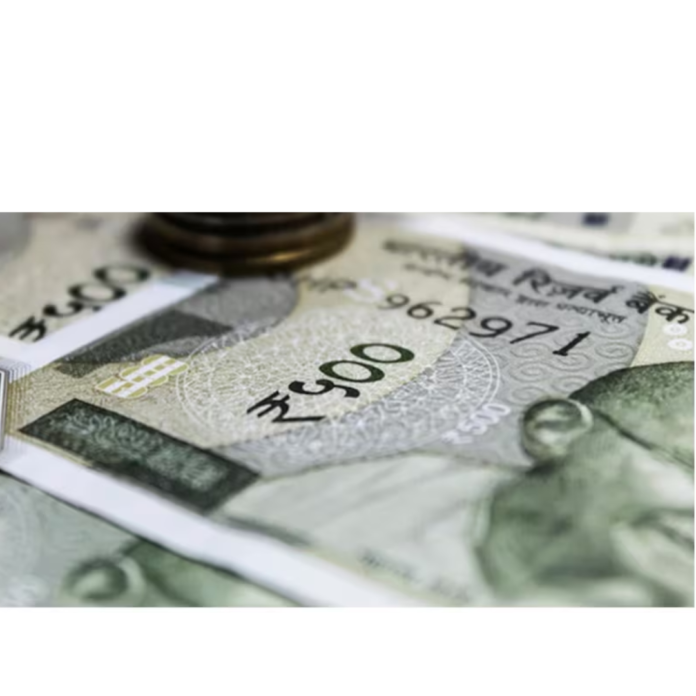Rupee Appreciates Against US Dollar in Early Trade
In the latest currency market developments, the Indian rupee has experienced a notable appreciation against the US dollar, rising by 5 paise to reach 83.88 in early trading today. This modest yet significant increase reflects a positive shift in the currency’s performance, driven by a combination of factors that have impacted the forex market. The rupee’s gain comes amid a backdrop of fluctuating global financial conditions and domestic economic indicators that are influencing investor sentiment and currency valuations.
One of the primary factors contributing to the rupee’s rise is the recent stability in global financial markets, which has provided a more favorable environment for emerging market currencies. As global investors seek opportunities beyond traditional safe havens, there has been a noticeable inflow of capital into Indian markets, bolstering the demand for the rupee. This trend is supported by India’s robust economic growth prospects, relatively higher interest rates compared to other economies, and ongoing reforms that enhance the country’s investment appeal.
Additionally, the appreciation of the rupee can be attributed to a series of domestic economic indicators that have shown resilience. Recent data on inflation, industrial production, and trade balances have painted a picture of a stable economic environment in India. This economic stability is crucial for maintaining investor confidence and sustaining currency strength. Furthermore, the Indian government’s fiscal policies and measures to manage external debt levels have contributed to a more favorable economic outlook, which supports the rupee’s appreciation.
On the international front, fluctuations in the US dollar’s strength have also played a role in the rupee’s recent performance. The US dollar has experienced periods of volatility due to changes in economic data, Federal Reserve policies, and geopolitical tensions. When the dollar weakens or remains stable, emerging market currencies like the rupee often benefit, as they become relatively more attractive to investors. The current global economic climate, including uncertainties around US monetary policy and geopolitical developments, has likely influenced the rupee’s movement against the dollar.
Market participants and analysts will be closely monitoring further developments in both domestic and global economic conditions to gauge the sustainability of the rupee’s appreciation. Factors such as inflationary pressures, changes in interest rates, and global economic trends will continue to impact the currency’s trajectory. Investors will also be keeping an eye on upcoming economic data releases and policy announcements that could influence market sentiment and currency values.
In conclusion, the Indian rupee’s rise by 5 paise to 83.88 against the US dollar in early trade signifies a positive movement in the currency’s performance. This appreciation reflects a combination of favorable domestic economic indicators, capital inflows, and the broader global financial environment. As the currency market remains dynamic and influenced by various factors, the rupee’s performance will continue to be subject to ongoing analysis and scrutiny.
































